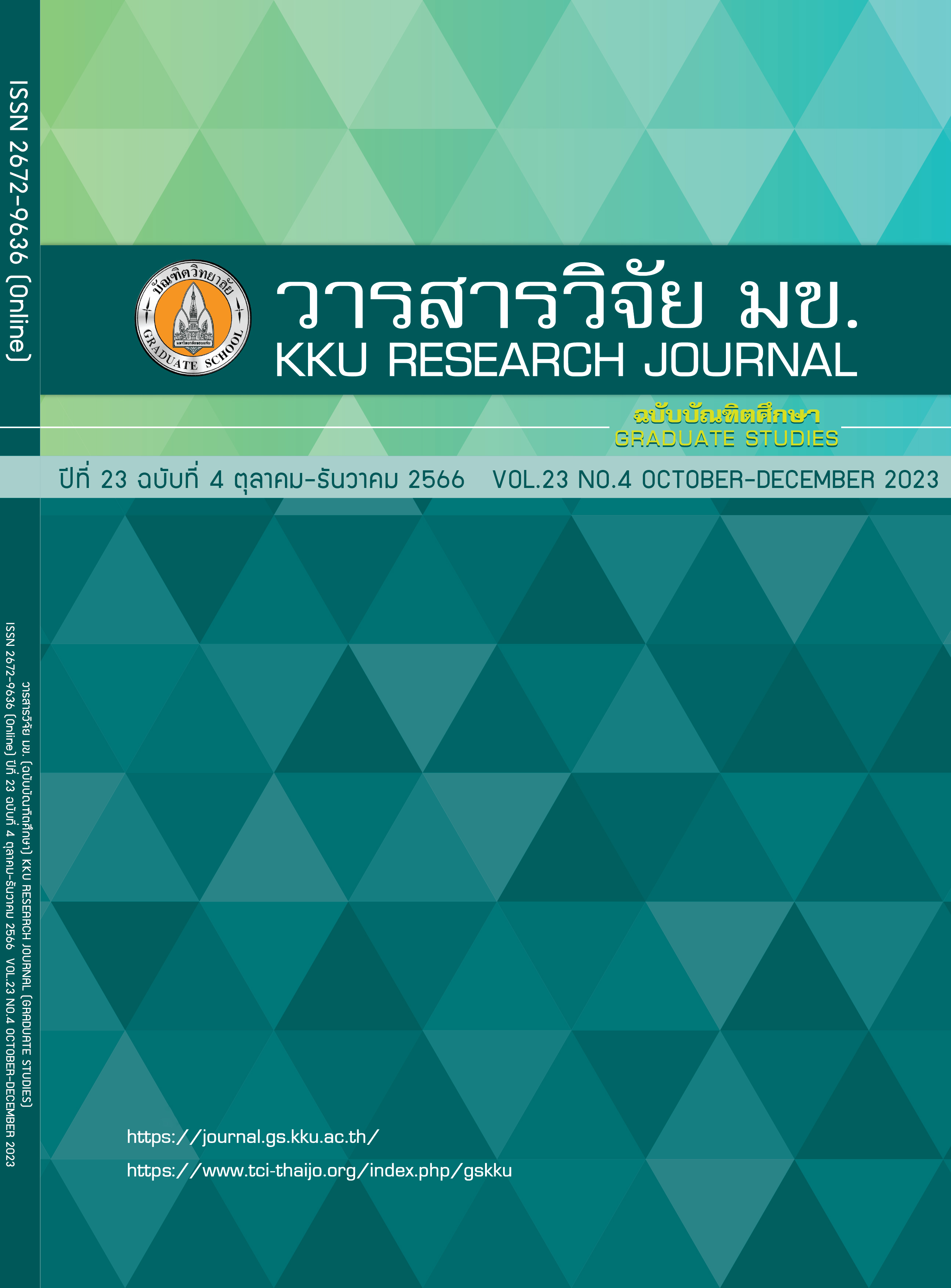Transition Jitter Simulations of Heat Assisted Magnetic Recording at Areal Density of 4.1 Tb/in22
Keywords:
Transition Jitter, Heat assisted magnetic recording, Magnetic footprintsAbstract
The transition jitter is one form of noise and the transition jitter is used to indicate the performance of the magnetic recording process. In this paper, the transition jitter is simulated in two-dimension (2-D) format of the heat assisted magnetic recording (HAMR) technology. HAMR technology is among the candidates for increasing areal density. The micromagnetic simulations based on
the Landau-Lifshitz-Gillbert (LLG) equation and MATLAB was used for calculation and the transition jitter simulation. Voronoi pattern model was used as the medium and an average grain size of 5.1 nm.
Bit length and track width were considered at the areal density of 4.1 Tb/in2. It was found that the minimum transition jitter is 1.679 nm at bit length of 8 nm and track width of 19.5 nm.
References
Coughlin T. Developments in HDD Technology Provide Consumer Services (The Art of Storage). IEEE Consum Electron Mag. 2016; 5(3): 122-133.
Wood R. Future hard disk driver system. J Magn Mater. 2009; 321(6): 555-561.
Weller D, Mosendz O, Parker G, Pisana S, Santos TS. L10 FePtX–Y media for heat-assisted magnetic recording. Phys Status Solidi A. 2013; 210(7): 1245-1260.
Zhu JG, Li H. Understanding Signal and Noise in Heat Assisted Magnetic Recording. IEEE Trans Magn. 2013; 49(2): 765-772.
Weller D, et al. A HAMR Media Technology Roadmap to an Areal Density of 4 Tb/in2. IEEE Trans Magn. 2014; 50(1): 1-8.
Victora RH, Huang PW. Simulation of heat-assisted magnetic recording using renormalized media cells. IEEE Trans Magn. 2013; 49(2): 751-757.
Oezelt H, et al. Transition Jitter in Heat-Assisted Magnetic Recording by Micromagnetic Simulation. IEEE Trans Magn. 2017; 53(11): 1-5.
Natekar NA, Victora RH. Analytical Estimation of Transition Jitter for the Heat-Assisted Magnetic Recording Process. IEEE Magn Lett. 2020; 11:1-4.
Wang X, et al. HAMR Recording Limitations and Extendibility. IEEE Trans Magn. 2013; 49: 686-692.
Sohn H, Victora RH. Recording Comparison of ECC versus Conventional Media at Equal Grain Size. IEEE Trans Magn. 2011; 47(10): 4073-4076.
Valcu FB, Yeh N. Jitter in a Voronoi Pattern Media-Effect of Grain Size Distribution and Reader Width. IEEE Trans Magn. 2010; 46(6): 2160-2162.
Tsai JL, et al. Magnetic Properties and Microstructure of FePt(BN, Ag, C) Films. Coatings. 2018; 8(10): 358.
MATLAB. [Internet]. 2022. Available from: https://www.mathworks.com/products/matlab.html.
Pituso K, et al. Simulation of magnetic footprints for heat assisted magnetic recording. Eur Phys J Appl Phys. 2017; 78(2): 20301.
Tipcharoen W, Warisarn C, Tongsomporn D, Karns D, Kovintavewat P. Investigation of writing error in staggered heated-dot magnetic recording systems. AIP Advances. 2017; 7(5): 056511.
Kaewrawang A. Magnetism and Magnetic Materials. Khon Kaen: Khon Kaen University Press; 2018. Thai.
Donahue MJ, Porter DG. OOMMF User’s Guide, Release 1.2a3 [Internet]. 2021. Available from: https://math.nist.gov/oommf/ftp-archive/doc/userguide12a3_20021030.pdf.
Hernandez S, et al. Geometrical Scaling Limits of Heat-Assisted Magnetic Recording. IEEE Trans Magn. 2021; 57(3): 1-5.
Downloads
Published
Issue
Section
License
Copyright (c) 2023 KKU Research Journal (Graduate Studies)

This work is licensed under a Creative Commons Attribution-NonCommercial-NoDerivatives 4.0 International License.



